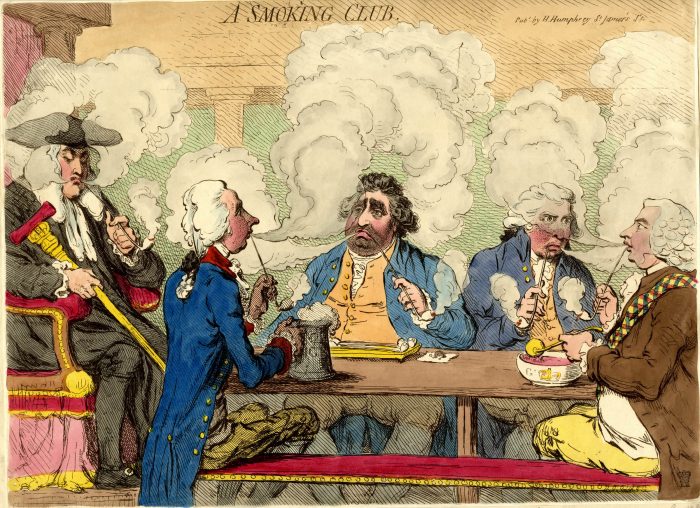
ADVERTISEMENT - CONTINUE READING BELOW
2. The French court used powdered tobacco as a preventive medicine
Jean Nicot, while in Portugal, developed several uses of dried and powdered tobacco leaves. He mixed it with liquids, including wines and vinegars, to make poultices to apply to various complaints, including boils. Nicot believed inhaling the powder nasally induced sneezing, which rid the body of various nostrums. He also supported the practice of placing a pinch of the powder inside the mouth, held between the cheek and gum. Nicot developed the latter practice after learning from Portuguese sailors of the natives’ habit of chewing the dried leaves of the plant. Nicot introduced the new medical preparation to the island of Malta. From there it quickly found favor with the Islamic world around the western Mediterranean. By 1570, the French, Spanish, and Portuguese referred to powered tobacco as “Herbe de la Reine” (the Queen’s herb) and it was cultivated in all three countries.

ADVERTISEMENT - CONTINUE READING BELOW
Yet few endorsed smoking the leaves at first. Then, in 1571, a Spanish physician published a treatise describing the plants then coming to Europe from the New World. He claimed consuming tobacco by smoking the leaves could cure 36 different known diseases. By then consumption of tobacco across Europe was wildly popular. It was under cultivation across the continent, frequently in the medicinal gardens planted by monks in the monasteries. Tobacco, unknown to Europeans only eight decades earlier, had become a cash crop in Europe. It was offered as payment for debts, and traded for other necessary commodities, such as grain. In England, smoking became the preferred means of consuming tobacco among the working people. The nobility and gentry continued to content themselves with taking powdered tobacco, which the British called snuff.

